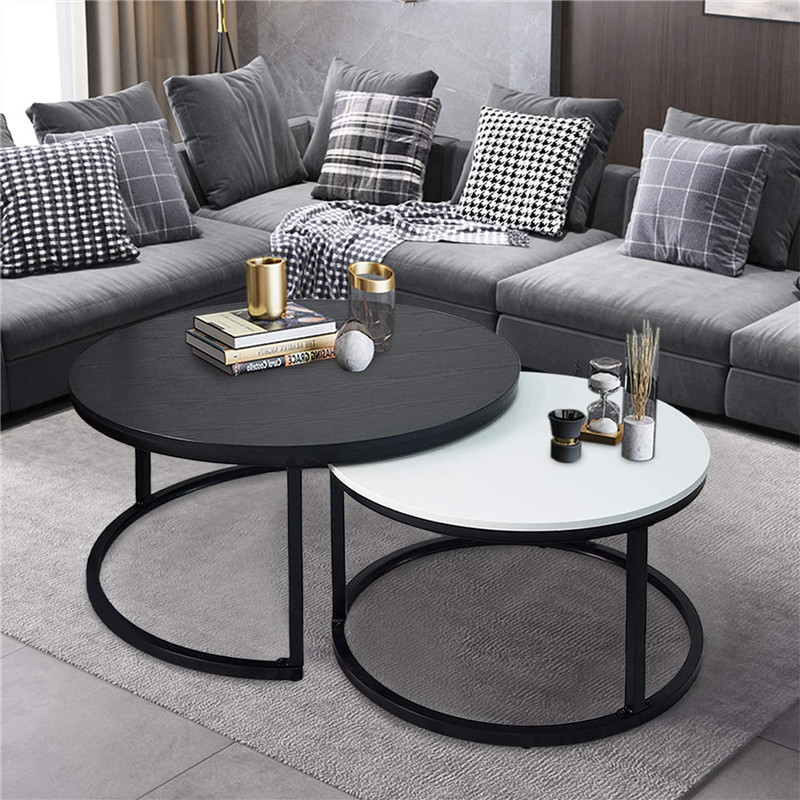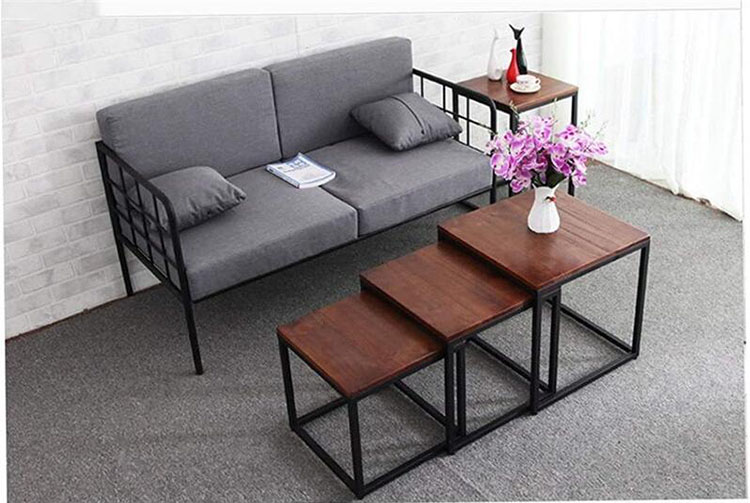[ Chinese wardrobe net ] Everyone's pursuit of clothes is no longer the original cover. Now everyone is not only pursuing fashion, but also pursuing various combinations, so everyone will have at least a few sets of clothes, and some will even More, in the face of numerous clothing, the small wardrobe obviously can not meet our needs, many families have already put on the big wardrobe. However, the large wardrobe in the market is not very good. Because the size of the wardrobe is huge, it affects its appearance. Therefore, many people choose to customize. Let's take a look at the size requirements of the large wardrobe.
Large wardrobe custom introduction
Generally, the custom-made wardrobe is made of 2400mm high and 1800mm long, and is divided into two units of 900mm long, and the depth of the cabinet is 600mm. This not only makes it practically easy to use, but also greatly increases the firmness of the wardrobe. Blindly expanding or narrowing certain areas not only causes inconvenience in future use, but is also more likely to cause hidden dangers in the wardrobe.
Large wardrobe custom size
Quilted area
Depending on the usual height of the quilt, this area is usually 400-500 mm high and 900 mm wide. This space is mainly for storing quilts that are not used for seasons. Because it is inconvenient to take items, it usually makes the upper end of the closet a bedding area, which is also good for moisture prevention.
Stacking area
This area can be designed as an adjustable movable layer, which can be changed according to the needs of the height or changed to other areas. For example, when the clothes are increased, the clothes rail can be changed to the top area. This area is mainly used for stacking sweaters, T-shirts, casual pants and other clothing. It is best to arrange it in the area between the waist and the eyes for easy access. According to the width of the general clothing after folding, the cabinet width should be between 330-400mm and the height is 350-400mm.
Long dress area
The height is 1400-1500mm, not less than 1300mm. The long-sleeved area is mainly used for hanging long-sleeved clothes such as windbreakers, down jackets, overcoats, dresses, and dresses. The width of the long dress area can be designed according to the number of pieces of long clothes that you own. It is usually 450mm wide and can be used by one person. If more people use it, they can be widened or designed with multiple dressing areas. In addition, if the space is not particularly tight, it is recommended to choose a depth of 600mm, so that the clothes are more comfortable.
Top area
The height is 1000-1200mm, and the top area is used to hang pleated jackets such as suits, shirts, and jackets. In order to facilitate the release of the clothes hanger between the clothes rail and the top of the cabinet should be greater than or equal to 60mm. According to the normal length of the clothes, in order to prevent the clothes from being dragged to the bottom of the board, the clothes rail should be greater than 900mm between the bottom plates. Also note that depending on the height of the individual, the distance from the clothes rail to the ground should not exceed 1800mm, otherwise it is not convenient to take.
drawer
It is 400-800mm wide and 190mm high. This area is mainly used for storing underwear. Generally, 3 or 4 drawers are designed under the top area, which is mainly used for storing underwear. According to the height of the underwear rolled up, the height of the drawer can not be lower than 190mm, otherwise it is easy to clamp the clothes when closing the drawer.
Plaid rack
The height of the lattice frame is between 160 and 200 mm. This area is mainly used for storing ties. Since there are clips for fixing the tie, there is no need for too much space.
Pants rack
High 800-1000mm. The trousers rack is designed for hanging pants and is not easy to wrinkle. All trousers are folded up and down, so the distance from the hanging rod to the bottom plate should not be less than 600mm, otherwise the trousers will be dragged onto the bottom plate. It is recommended to buy a wardrobe with non-slip pants to prevent the pants from falling; while the pants are easy to fall.
Although the size of the large wardrobe is usually made by ourselves, if it is too outrageous, it is not convenient for people to use, so the best way is to measure the space where the wardrobe is placed, and then hand it over to a professional person to help. Set the size. The large wardrobe is not as refined as the small wardrobe. There is no way to change it. We can only decorate it from the outside and make it as satisfying as possible. The large wardrobe is actually more used, because people have too many clothes. If you use a small wardrobe, many clothes will be discounted, and there will be a lot of folds on the body. If you have a large wardrobe, you can hang up.
A coffee table is a low table designed to be placed in a sitting area for convenient support of beverages, remote controls, magazines, books (especially large, illustrated coffee table books), decorative objects, and other small items.
Most coffee tables are made of wood (though faux wood tables are increasingly common) or glass and metal, typically, stainless steel or aluminum and may incorporate cabinets or drawers.

Coffee tables were thought to initially be constructed in Renaissance England.
Origins
Japanese style coffee table.
In Europe, the first tables specifically designed as and called coffee tables, appear to have been made in Britain during the late Victorian era.
Couch and coffee table in a hotel room
According to the listing in Victorian Furniture by R. W. Symonds & B. B. Whineray and also in The Country Life Book of English Furniture by Edward T. Joy, a table designed by E. W. Godwin in 1868 and made in large numbers by William Watt, and Collinson and Lock, is a coffee table. If this is correct it may be one of the earliest made in Europe. Other sources, however, list it only as "table" so this can not be stated categorically. Far from being a low table, this table was about twenty-seven inches high.[citation needed]

Later coffee tables were designed as low tables and this idea may have come from the Ottoman Empire, based on the tables in use in tea gardens. However, as the Anglo-Japanese style was popular in Britain throughout the 1870s and 1880s and low tables were common in Japan, this seems to be an equally likely source for the concept of a long low table.
From the late 19th century onwards, many coffee tables were subsequently made in earlier styles due to the popularity of revivalism, so it is quite possible to find Louis XVI style coffee tables or Georgian style coffee tables, but there seems to be no evidence of a table actually made as a coffee table before this time. Joseph Aronson writing in 1938 defines a coffee table as a, "Low wide table now used before a sofa or couch. There is no historical precedent...," suggesting that coffee tables were a late development in the history of furniture. With the increasing availability of television sets from the 1950s onwards coffee tables really came into their own since they are low enough, even with cups and glasses on them, not to obstruct the view of the TV.[citation needed]
Coffee Table,Coffee Table Sets,Modern Coffee Table,Adjustable Coffee Table,Corner Table,Solid Wood Table,Wooden Coffee Table,Wood Coffee Tables
Jinan Tri-Tiger Technology Development Co., Ltd , https://www.tritigerwooden.com